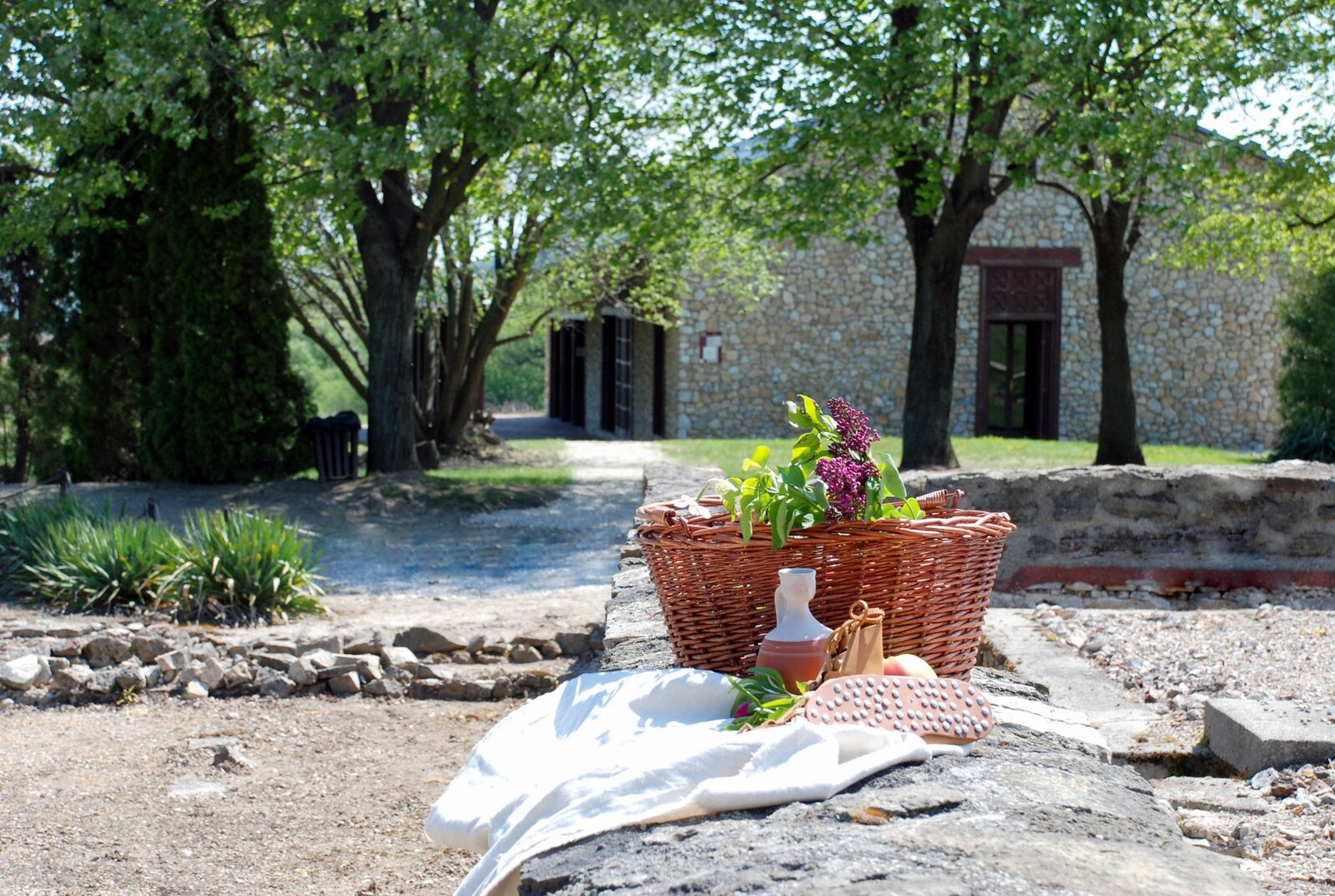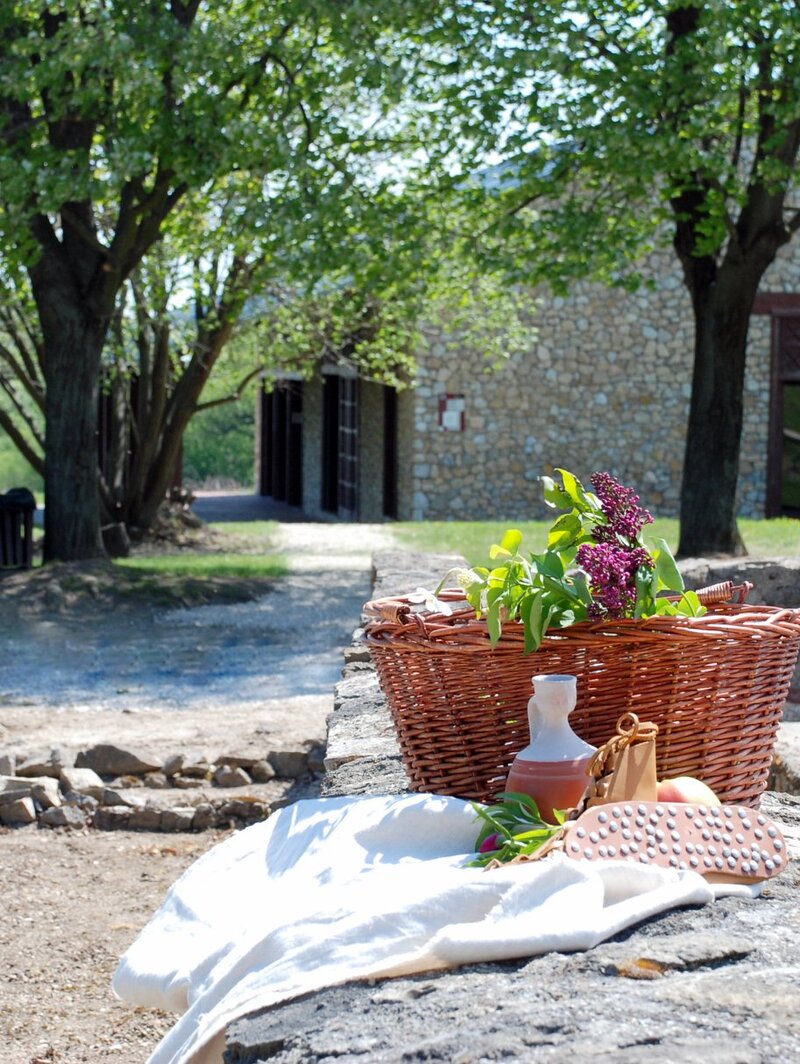Danube’s Archaeological eLandscapes


The Veszprém-Balaton 2023 European Capital of Culture programme and the Hungarian National Museum have set themselves the joint aim of an experiential discovery of our archaeological heritage. Plans are being carried out in international collaboration and partnership with the Danube's Archaeological eLandscapes (DAeL) project.

An initiative comprising twenty-three actors from ten countries, DAeL is meant to present the extraordinary archaeological sites and historical landscapes of the Danube region with the employment of the latest virtual reality technologies.
A main project target is focussing on areas of the Danube region with tourism development potential: highlighting opportunities of the way cultural heritage may boost tourism.
In the course of a virtual journey across several borders, 10 archeological sites may be visited with the use of innovative digital technologies; among others, Baláca, the largest Roman villa rustica in the Balaton Uplands.
With the value-generating power of our shared heritage we wish to create an attitude-shaping programme which could be put into the long-term service of our region as a network of thematic routes.
A goal of the VEB2023 ECoC programme is to extend the region's cultural-creative programme palette with new content generated under the DAeL project; beyond the pinpoint development of the Roman site off Nemesvámos, it is designed to bring about rethinking the utilisation of underused natural and built heritage elements.
